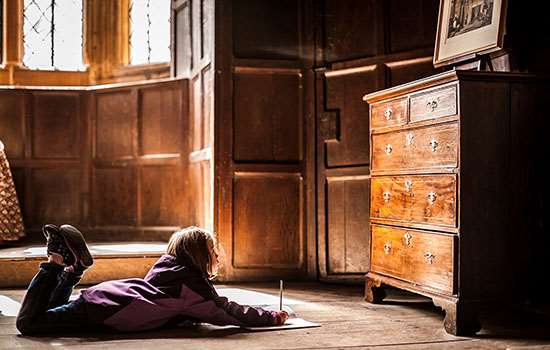Our Places
We care for bridges and bronzes, gardens and gargoyles, stone circles and secret bunkers and everything in between.
It’s our job to conserve these places and objects, to open them up and to share their stories with as many people as possible.
Visit our PlacesOur People
We’re a team of over 5,000 volunteers and 1,500 employees.
If you’d like to join us, you can find out more about what it’s like to work or volunteer at English Heritage.
Our chief executive is Dr Nick Merriman OBE, and the chair of our board of trustees is Gerard Lemos CMG CBE. Find out more about our trustees and directors.
Meet our PeopleOur Policies and Reports
Here you’ll find all our policies and reports, including information on how we deal with your personal data, and publications like our annual reports.
Read our Policies and Reports-

Contact Us
Contact English Heritage. Web chat is the easiest way to get in touch. It's available between 9am and 5pm, Monday to Friday.
-
Latest News
Find out what's new at English Heritage by browsing our latest news stories.
-

FAQs
Frequently asked questions about booking your visit, paying for your visit, and the on-site experience you can expect when you arrive at our sites.
We are a charity, no. 1140351, and a company, no. 07447221.
Our subsidiary, English Heritage Trading Limited, is a registered company, no. 02970369. It carries out a range of commercial trading activities to generate income for English Heritage, including retail, catering, and sponsorship.



